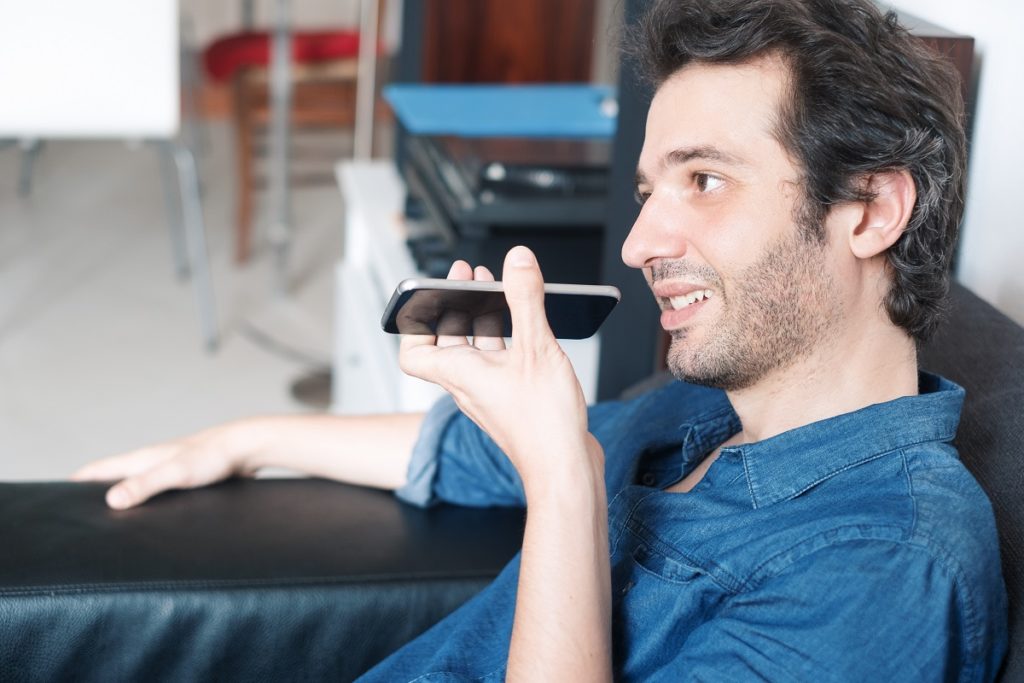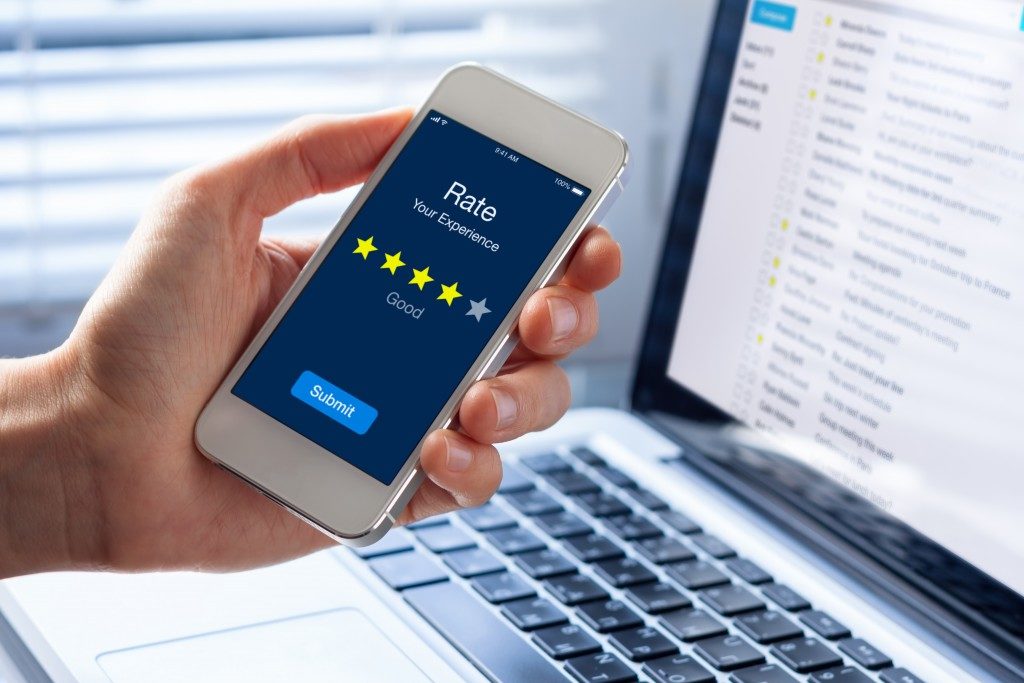Smartphones and computers assist us in our daily lives, and the help that they offer is further improved with the rise of digital assistants, like Siri, Alexa, Cortana, and the Google Assistant. But before we had smartphones and voice assistants, there were PDAs to assist us digitally. Let us take a look at the evolution of digital assistants.
Personal Digital Assistants
Back in the 1990s and early 2000s, mobile phones had very limited function compared to the smartphones of today. If you need handheld devices that could organize your calendars, schedules, address books and other files, a PDA is your only option.
The term “Personal Digital Assistant” or PDA was first coined in 1992 by Apple CEO John Sculley, although similar devices have existed for several days prior. Also called handheld PCs or mobile computers, PDAs are mobile devices that function as your personal information manager. It usually has a small keyboard and an electronically sensitive pad that could receive handwriting. It can be used to manage your schedule, store your address book, and retrieve and take notes, although some models may have other functions aside from these, such as accessing the Internet.
In the mid-1990s, manufacturers of pagers, PDAs and cellular phones started attempts at combining the functionality of these devices. These combinations resulted to smartphones which have more than the functions of a PDA. Now, PDAs are hard to come by although some mobile computer repair shops may still offer PDA repair services.
Smartphones
The smartphone is known to have started out as a concept device called Simon, unveiled by IBM at the 1992 COMDEX computer trade show. It is capable of keeping a calendar of events, sending emails and faxes, making calls and sending text messages. In 1996, several manufacturers, including Hewlett Packard and Nokia, released mobile devices that were combinations of cellular phones and PDAs, and could browse the web, as well. In the mid 2000s, BlackBerry released its first smartphones which became very popular.
Most of the earlier smartphone models had physical keyboards. Up until 2007, when LG and Apple released the Prada and iPhone respectively, that the first touchscreen smartphones were made available to the public. Since they can do more than what PDAs can do, smartphones had effectively replaced PDAs. Their functionality as a digital assistant was improved further with the integration of voice assistants into smartphones.
Voice Assistants

Despite having mostly faded into obscurity, the term “personal digital assistant” was recycled to refer to the voice-activated digital assistants we use nowadays. Before these new versions of personal digital assistants were standalone devices, they started out as smartphone features.
When Apple announced Siri for the iPhone platform in 2011, it sparked the beginning of the era for speech recognition applications. Other technology companies followed suit, with the Google Now for Android being released in 2012, and Microsoft following up in 2014 with Cortana. It was also in 2014 that Amazon released the Alexa-powered Amazon Echo and Echo Dot, which are the first standalone voice-activated personal digital assistant devices.
Voice assistants are built on voice recognition technology, machine learning, and artificial intelligence (AI) that enable them to improve at predicting their user’s needs by learning from data input. However, this data processing system raises a lot of security concerns.
As with any technology, the main driving force for the improvement of digital assistants is how it could make life easier for its users. And at the rate with which technology in general is evolving, we might have more advanced versions of digital assistants in the future.



